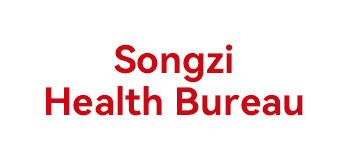With the nation's emphasis on advancing medical informatization and the promotion of XC's policies, China's healthcare sector is progressively implementing domestic substitution strategies to achieve independent and controllable information technology systems. The government has introduced a series of supportive measures, including fiscal interest subsidies and special re-lending programs, which prioritize funding for equipment upgrades and renovations in the medical industry. Additionally, these policies give preferential review and support to the procurement of domestically-developed and owned brands.

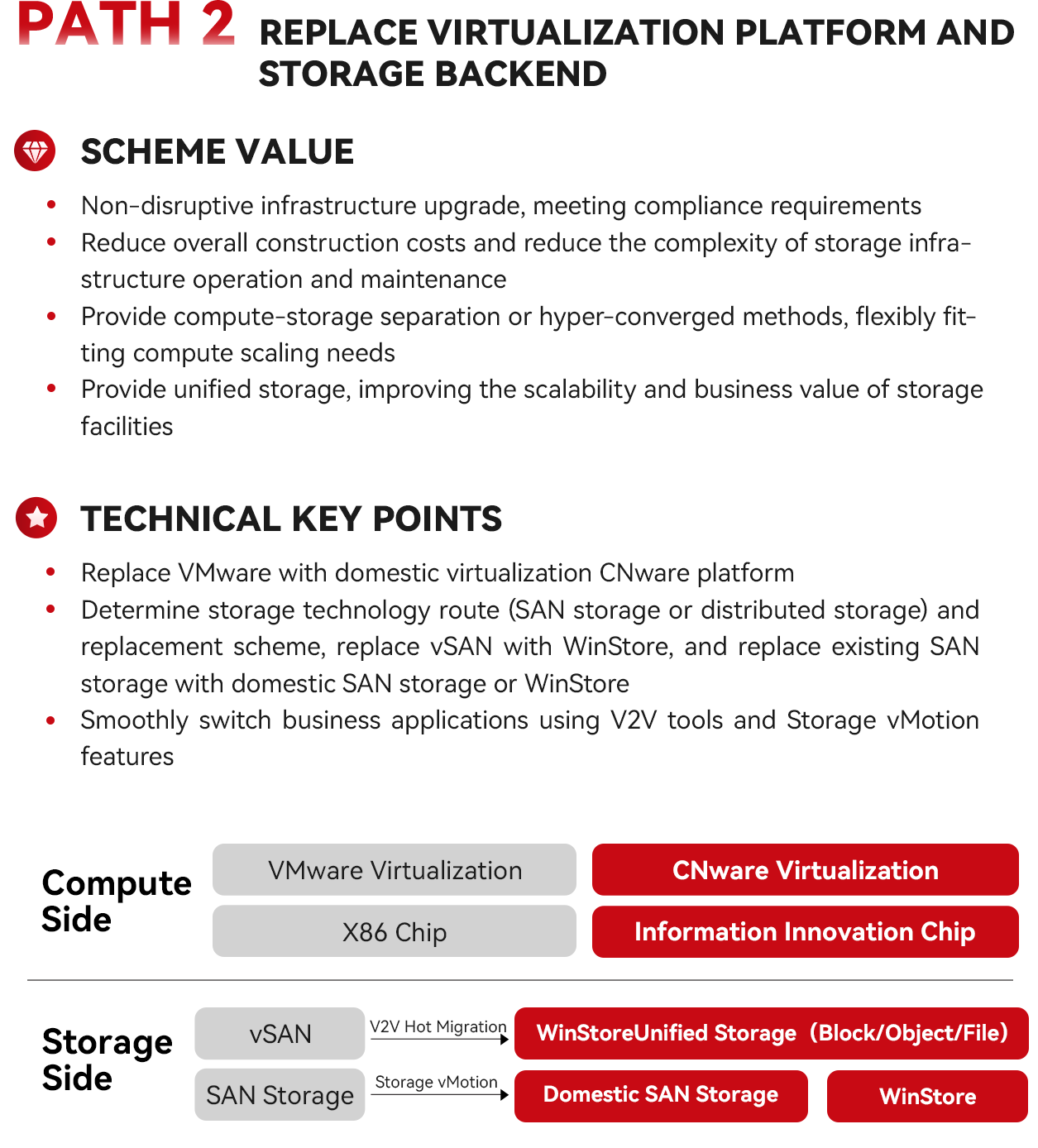
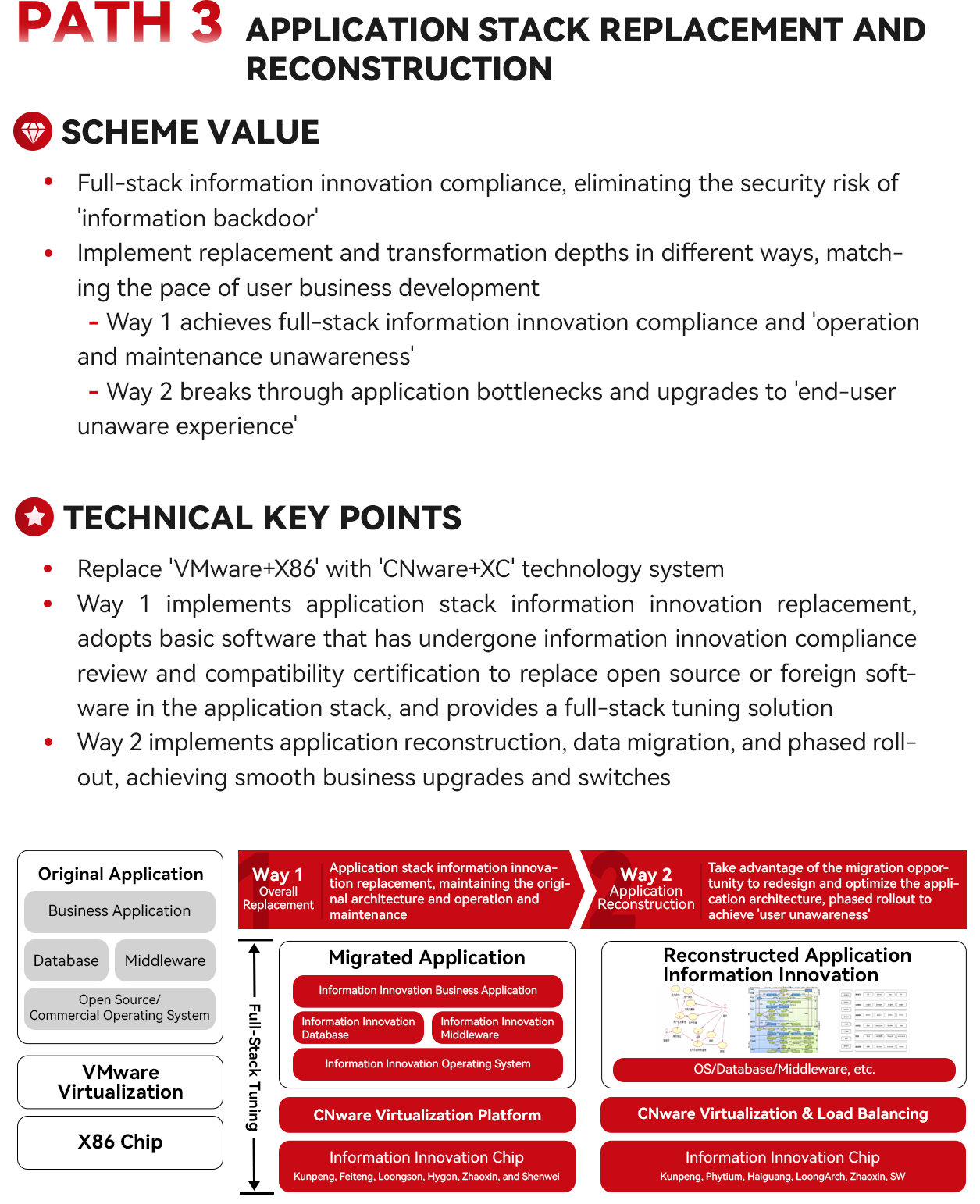
 Complex Business Systems
Complex Business SystemsMedical data center business systems are complex, with numerous business systems and high management difficulty. Insufficient IT human resources result in very high hardware costs, management costs, and energy consumption costs.
 Traditional IT Architecture Hard to Meet
Traditional IT Architecture Hard to MeetTraditional IT architectures are difficult to meet the elastic demands of internet hospital businesses. Hospitals currently use a traditional three-tier architecture with complex operations and maintenance, making it difficult to achieve online scaling. Based on current medical business, hospitals are gradually developing internet hospitals, and traditional IT architectures are difficult to meet the elastic demands of internet hospital businesses.
 Slow IT Innovation Transformation of Core Business
Slow IT Innovation Transformation of Core BusinessThe process of IT innovation transformation for core business systems in the medical industry is slow. After the pilot phase in the party and government sectors, IT innovation construction has been promoted to the medical and education sectors. During the promotion of medical IT innovation, the process of IT innovation adaptation and transformation for core business systems in the medical industry has been slow.
 Cloud construction scenarios in the healthcare industry
Cloud construction scenarios in the healthcare industryWith cloud computing as the support, information security as the core, standardized and modular services as the main body, and operation services as the guidance, the medical industry cloud builds a flexible, efficient and secure infrastructure resource operation service center based on the cloud concept, realizes the dynamic scheduling, automatic control, shared use and rapid deployment of basic software and hardware facilities, improves operational efficiency, reduces operating costs, and meets the requirements of the hospital's informatization development strategy.
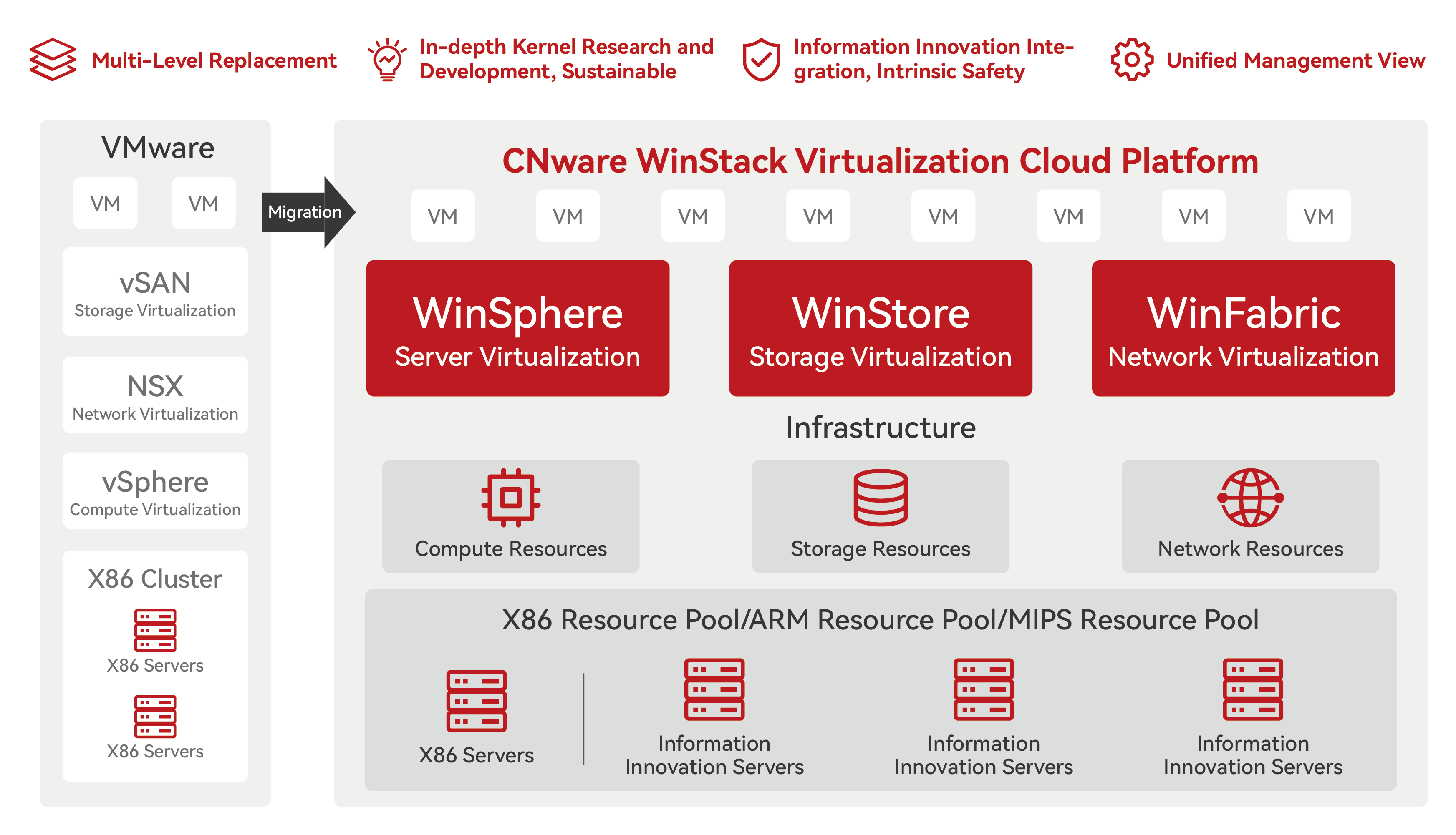 Hospitals Build a Lightweight Cloud Platform
Hospitals Build a Lightweight Cloud PlatformThe medical industry typically has typical management needs for cloud platforms, hybrid clouds, multi-clouds, etc., and is sensitive to cost investments, with resistance to large cloud platforms. Therefore, lightweight, standardized, and smoothly usable virtualization/cloud platforms are more attractive to customers. The Cloudvirt lightweight cloud platform provides computing and storage virtualization resources, improving server resource capacity, avoiding the complexity of traditional architectures, reducing equipment and management cost investments, and saving cabinet space.
 Internet Business
Internet BusinessThrough the local cloud, third-party inspection centers, residents, nursing homes, branch hospitals, collaborating hospitals, etc., are connected to build an internet business platform covering services such as consultations, registrations, and payments, providing stable services with data security.
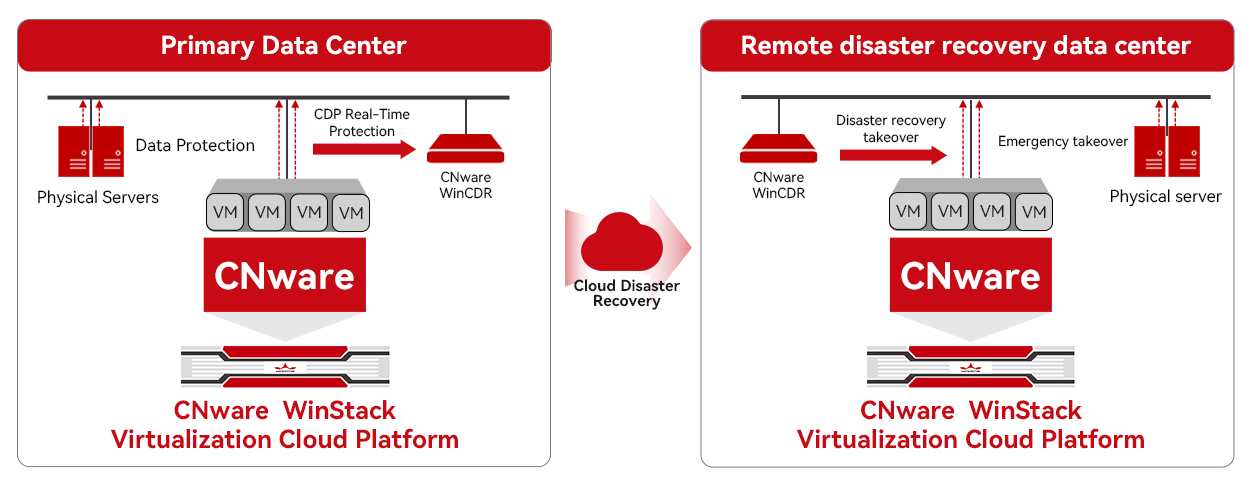 Cross-regional disaster tolerance in different places
Cross-regional disaster tolerance in different placesCloudvirt WinCDR virtualization disaster recovery provides continuous data protection and business disaster recovery management capabilities for tertiary hospitals across campuses. It provides full protection for virtualization, cloud platforms, and physical machines, including virtual machine backup and disaster recovery, ensuring business continuity, efficient transmission efficiency, faster takeover speed, and unified management of disaster recovery resources.
Solution Advantages
 Achieve Localization Substitution
Achieve Localization SubstitutionThrough the construction of hyper-converged IT innovation cloud infrastructure and an integrated monitoring and operation platform for smart hospitals, the localization substitution of the hospital's IT infrastructure is achieved, enhancing the autonomous and controllable capabilities of information technology.
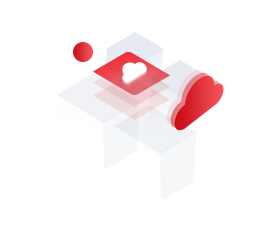 Enhance Business Support Capabilities
Enhance Business Support CapabilitiesBuilding an IT innovation cloud base that meets localization requirements can better support various business systems and accelerate the transformation process towards smart medical care. At the same time, through the construction of the monitoring and operation platform, the stability and reliability of business systems are improved.
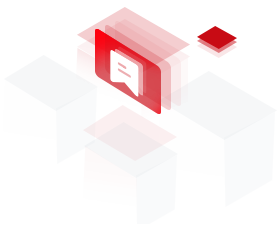 Reduce Operation and Maintenance Costs
Reduce Operation and Maintenance CostsThe hyper-converged architecture is streamlined and easy to maintain, significantly reducing operation and maintenance difficulty and total cost of ownership. At the same time, through the construction of an integrated monitoring and operation platform for smart hospitals, operation and maintenance are integrated, centralized, and intelligent, enabling rapid fault location and shortened problem-solving time.
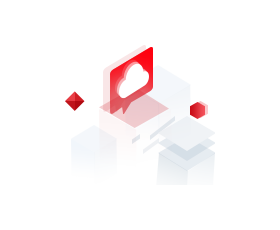 Meet Safety and Compliance Requirements
Meet Safety and Compliance RequirementsThrough the construction of the IT innovation cloud base and an integrated monitoring and operation platform for smart hospitals, the requirements of national IT innovation policies and the development of smart medical care are met, helping hospitals improve their ratings and promote business innovation.

7*24-hour Service Hotline
400-6300-003


